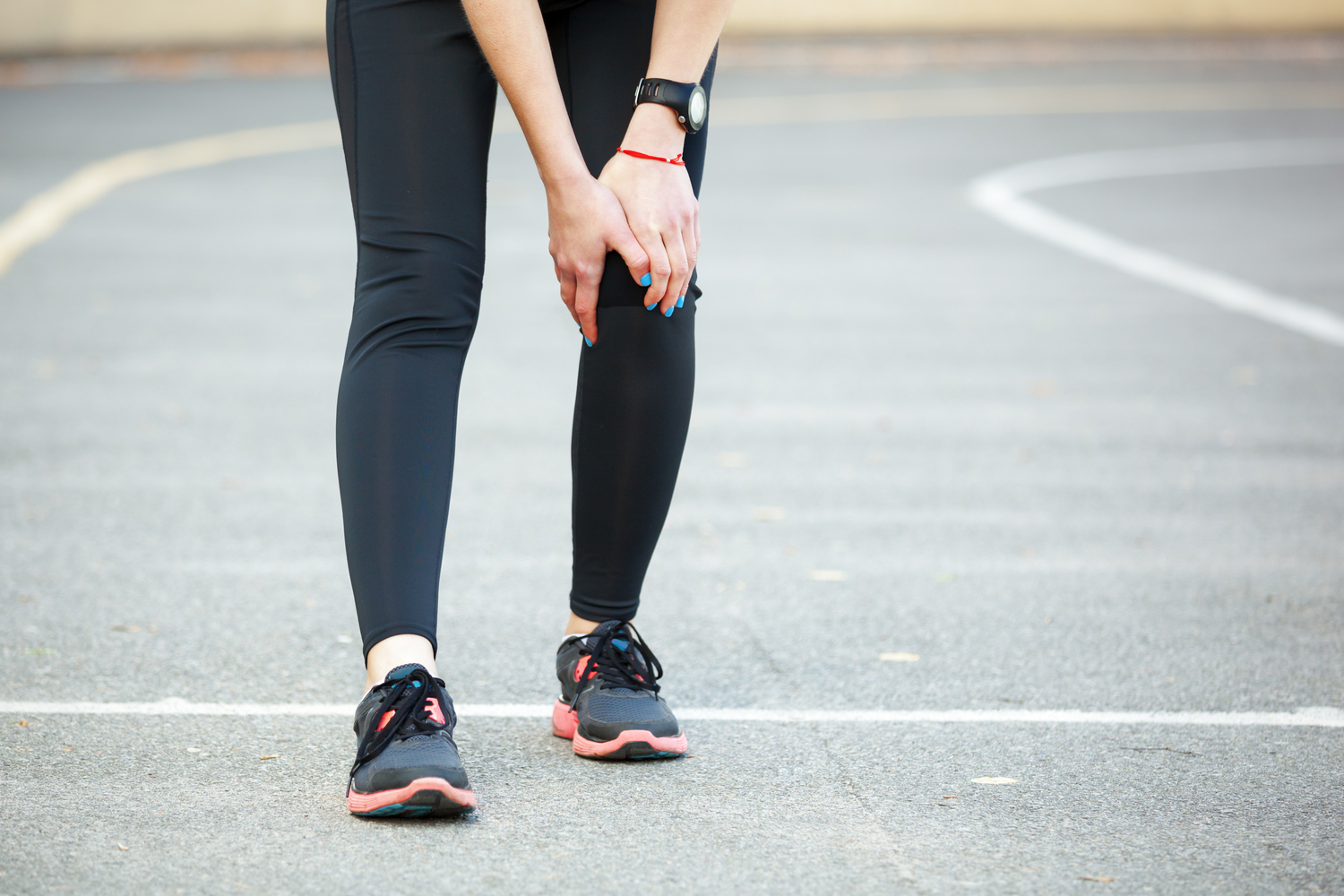Understanding Knee Pain and Its Other Factors
Knee pain is a common health problem that affects 25% of the adult population in the country. It causes physical and psychological distress, limits mobility, and overall lowers the quality of life. Moreover, the pain can be in any part of the knee– the inner side, the outer side, or the lateral side. Here is a guide that will help you understand the condition and its causes, symptoms, diagnosis and more.

Causes of side knee pain
The lateral or the outer portion of the knee is a meeting point for several bones, muscles, and ligaments. A variety of reasons can cause pain in this area. Aches could result from inflammation in the fibrous band of tissue that runs down the thigh and is attached to the shin. Knee pain can also result from arthritis or injuries due to running and subsequent twisting the knee outward and away from the other leg. When done without supervision or in excess, different physical exercises may also lead to lateral knee pain.
Symptoms of side knee pain
The symptoms of side knee pain, to a large extent, depend on the cause and the underlying illness. Some common conditions causing lateral knee pain and their symptoms are given below.
Osteoarthritis
Osteoarthritis is a severe condition where the flexible tissue between bones, the cartilage, begins to wear down. This condition is generally progressive, and when it affects the lateral portion of the knee, the condition is called lateral tibiofemoral osteoarthritis. It is one of the most common reasons for pain and soreness on the outer side of the knee. Specific symptoms include morning joint stiffness, swelling, restriction in range of motion, weak legs, and occasionally the leg gives way too.
Lateral meniscus tear
The lateral meniscus is a C-shaped segment of cartilage on the outside of the knee. It plays a crucial role in stabilizing the knee joint. However, this meniscus is also prone to tearing and can become the focal point of knee pain. This cartilage damage can cause swelling, stiffness, and freezing in the knee. The knee may give way often, and the range of motion may be severely limited. Most individuals with lateral knee pain due to lateral meniscus tear have difficulty extending or flexing the knee.
Iliotibial Band Syndrome
The Iliotibial Band is a connective tissue linking the outer hip to the shin bone. Iliotibial Band Syndrome is more common in athletes who engage in repetitive motions like cycling, climbing, and jumping. ITBS is also more common in men than women. This type of knee pain irritates neighboring tissues and can cause pain higher up in the thigh too. Repetitive bending and flexing of the knee can cause the muscles to tighten and become inflamed.
LCL sprain
LCL or Lateral Collateral Ligament is a slim band of tissue that extends from the femur to the fibula. Its function is to increase the stability of the knee joint and prevent the knee from bowing outward. This ligament is frequently sprained or cut after injury. The feeling of a snap in the knee, swelling, and pain are all symptoms of LCL sprains. The joint may become unstable, and unfortunately, since the peroneal nerve is close to the LCL, this type of side knee pain may be associated with numbness and tingling in the foot.
Diagnosis of knee pain
When diagnosing knee pain, your doctor will ask various questions. The specific location of the pain gives critical insight into the cause. The type of pain – whether throbbing, shooting, or sharp– will be inquired. The doctor will examine to see if there is swelling or tenderness in the knee. Imaging techniques like X-Rays, Magnetic Resonance Imaging (MRI), or CT scans may also be advised. Before proposing treatments, your doctor will do a physical exam and inquire into possible injuries.
Treatment options
Treatment plans for your lateral knee pain will depend on the severity of the pain, associated symptoms, and the root cause of the pain. In most cases, non-invasive treatments and rest do the trick. Surgical intervention is seldom required.
Home remedies
Acute injuries like LCL sprains or Lateral meniscus tears can benefit significantly from at-home treatments. Applying ice packs reduces pain, swelling, and inflammation after injuries and even reduces flaring up of pain. Elevating the knee and wearing a compression sleeve is also quite effective. Remember not to self-diagnose or treat yourself without consulting a doctor. You can use home remedies as initial steps or to reduce pain. Remember to rest and avoid activities that cause pain or that caused the injury in the first place.
Physical therapy
No matter the specific cause, your doctor will prescribe physical therapy in most cases. It improves the strength of the bones and muscles and helps reduce pressure after injuries or sprains. Further, when you indulge in physical therapy under supervision, the chances of you hurting yourself are pretty low. You can devise specific routines for ITBS, or LCL sprains based on your pain level and mobility. These exercises help increase range of motion and improve flexibility.
Surgery
In severe cases, you might need surgery to cure lateral knee pain. In osteoarthritis, doctors often prescribe partial or total knee replacement to patients with severe pain. Similarly, in Meniscus injuries, arthroscopic surgeries replace the cartilage and remove the damaged ligaments. Surgeries are sometimes needed to repair LCL tears, especially if the pain is chronic.


